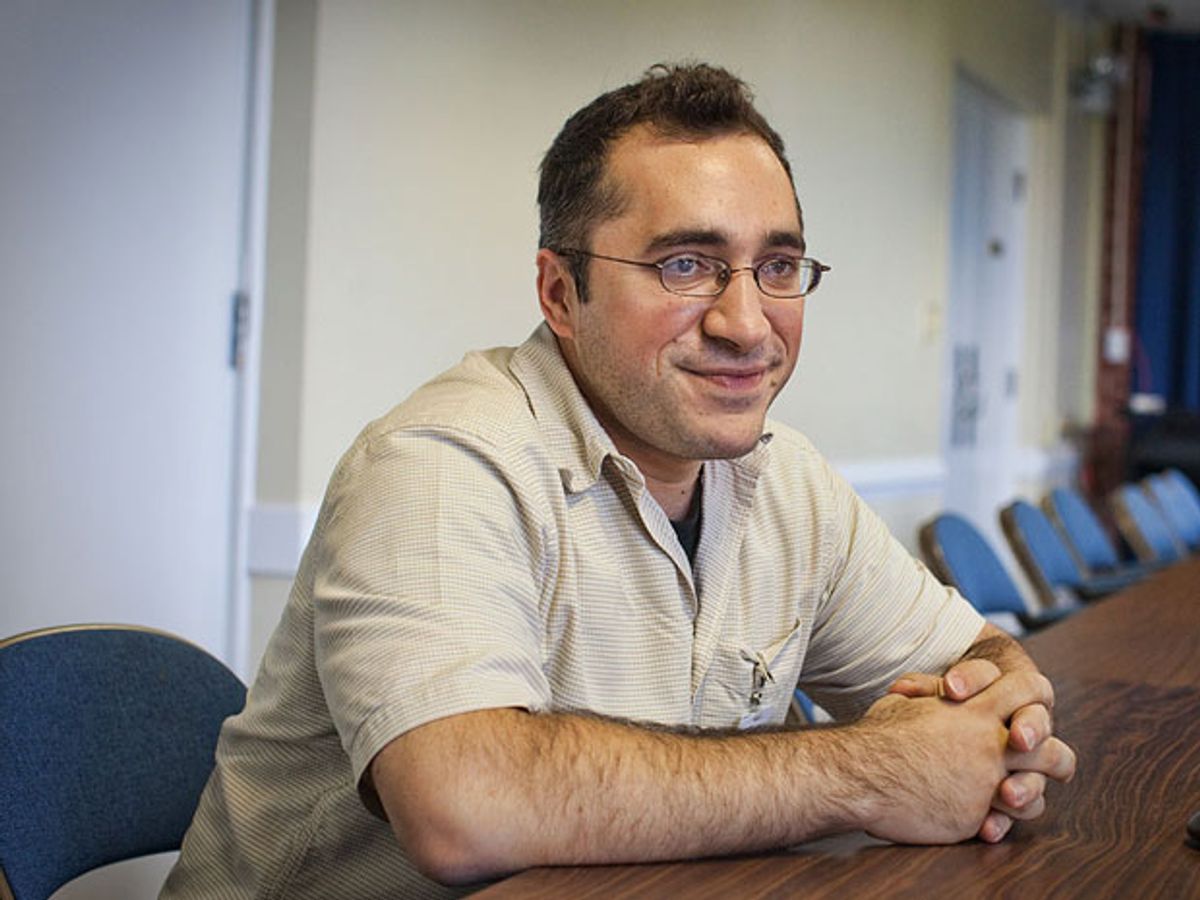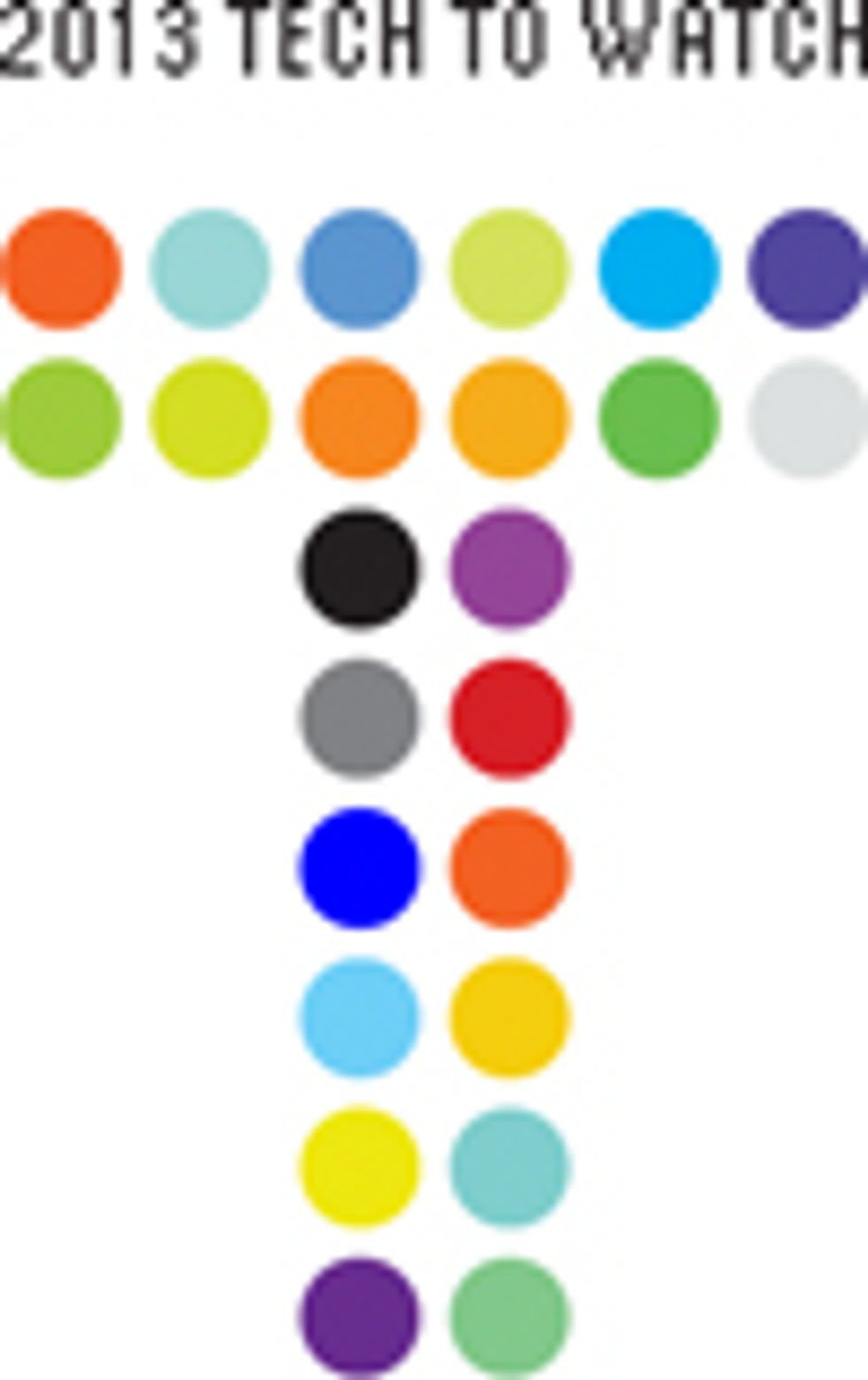Google Glass Features and Apps Still in Flux
Babak Parviz, head of the Google Glass project, hints at what to expect next

In 2010, Babak Parviz was a professor of electrical engineering at the University of Washington when Google recruited him to work on wearable-computing technologies and lead its Google Glass project. Parviz previously wrote for IEEE Spectrum about creating an electronic contact lens with a built-in display (“Augmented Reality in a Contact Lens”). He provided this update on Google Glass in an interview in mid-December.
IEEE Spectrum: What is Google trying to accomplish with Google Glass?
Babak Parviz: We wanted to have a device that would do two things that we think would be useful for a lot of people. One is to have a device that would allow for pictorial communications, to allow people to connect to others with images and video. Right now, we don’t have any devices that are specifically engineered to connect to others using images or video. So we wanted to have a device that would see the world through your eyes and allow you to share that view with other people. The second big goal was to have a technology that would allow people to access information very, very quickly. So when you have a question, you can very rapidly get to the answer.
IEEE Spectrum: Bruce Sterling, the science fiction writer, said he isn’t very excited about Google Glass because it isn’t truly augmented reality. What’s your response to that?
Babak Parviz: I would say that even though augmented reality isn’t our immediate goal for Google Glass, I think in the future that augmented reality will also come into the picture. So augmented reality is exciting when you think about future generations of this type of wearable computing.
IEEE Spectrum: So you’re saying to Bruce that he should stay tuned?
Babak Parviz: Yes. I personally find it exciting, and I think in the future it will actually come.
IEEE Spectrum: It’s been around six months since Google last provided access to Google Glass prototypes. What has changed about the product since then?
Babak Parviz: We constantly try out new ideas of how this platform can be used. There’s a lot of experimentation going on at all times in Google. We’re also trying to make the platform more robust. This includes making the hardware more robust and the software more robust, so we can ship it to developers early this year.
IEEE Spectrum: Are there any specific new features?
Babak Parviz: We haven’t actually talked about specific features. We have mentioned some basic capabilities, like taking a picture and sharing it. We are experimenting with a lot of things. The feature set for the device is not set yet. It is still in flux.
IEEE Spectrum: How will people interact with Google Glass?
Babak Parviz: Right now, we have a touch pad on the device that allows people to change things on the device if they wish to do so. We have also experimented a lot with using voice commands. We have full audio in and audio out, which is a nice, natural way of interacting with something that you’d wear and always have with you. We have also experimented with some head gestures.
IEEE Spectrum: What kind of business model is associated with Google Glass?
Babak Parviz: This is still being worked on, but we are quite interested in providing the hardware.
IEEE Spectrum: Will Google Glass display advertising?
Babak Parviz: At the moment, there are no plans for advertising on this device.
IEEE Spectrum: People have been excited about the possibilities of Google Now, which is a virtual assistant that suggests potentially useful information to you throughout the day, maybe even before you’ve thought of it, such as how much traffic there will be on your commute or what the weather is like at your destination. Will it be possible to incorporate that type of functionality into Google Glass?
Babak Parviz: Google Now is very exciting. It’s recognized as one of the pioneers in really enabling very interesting use cases. I think since our platform allows for very quick access to information—if you need to have access to visual information, you almost instantly get it—something like Google Now could be very compelling.
IEEE Spectrum: Has anyone on the team written any apps for Google Glass?
Babak Parviz: This is a complicated thing. This is not a laptop or a smartphone. It’s an entirely new platform. So how people interact with it and what people do with it is totally new territory. We’ve explored multiple things. We’ve taken pictures and done search and other things with this device. But we hope that when we ship this to developers, other people will also figure out what this very powerful platform is able to do.
IEEE Spectrum: Will developers be able to write apps for Google Glass using the Android software development kit?
Babak Parviz: When we ship this, we will have a cloud-based API [application programming interface] that will allow developers to integrate with Glass, which enables a wide variety of Glass services while keeping a consistent user experience. It's the same API that we used to build the e-mail and calendar services that we test on Glass.
IEEE Spectrum: What’s an example of a use case that someone could potentially write?
Babak Parviz: One example is to send specific types of e-mail to my device so I can read them or have it read to me by my device, and I can then respond to it with my voice. That’s a type of application that is related to the cloud.
IEEE Spectrum: What about accepting a phone call on Google Glass? Will that be possible?
Babak Parviz: We are working on it.
IEEE Spectrum: Some of the most exciting apps for Google Glass, like video, are also the biggest power hogs. How are you addressing the challenge of battery life?
Babak Parviz: That’s a valid concern. We have done a lot of work in this area, and it is still a work in progress. Our hope is that the battery life would be sufficient for the whole day. That’s our target. So you would put the device on in the morning and you’d go about your daily routine. By the time you got back home, the device would still be functioning.
IEEE Spectrum: Some people have voiced concern that smart glasses like Google Glass can have unpleasant side effects like eyestrain or visual confusion. What sort of testing have you done?
Babak Parviz: We have taken this very seriously from the beginning of the project. We’ve looked at this, and we’ve made sure the device is safe, visually and otherwise.
For more about Google Glass, see “Google Gets in Your Face.”



